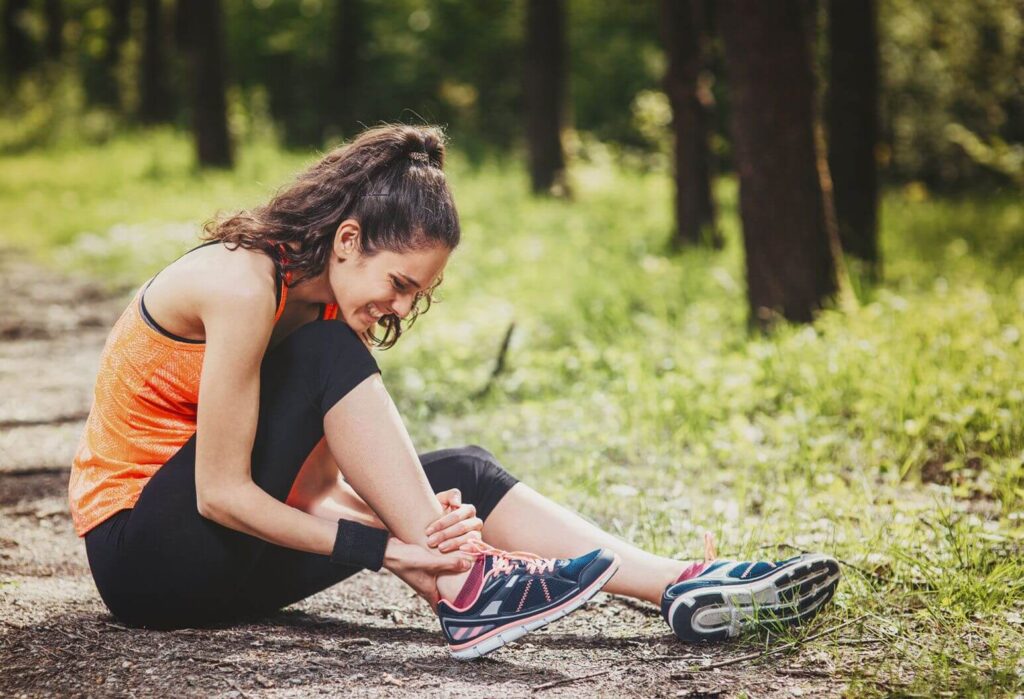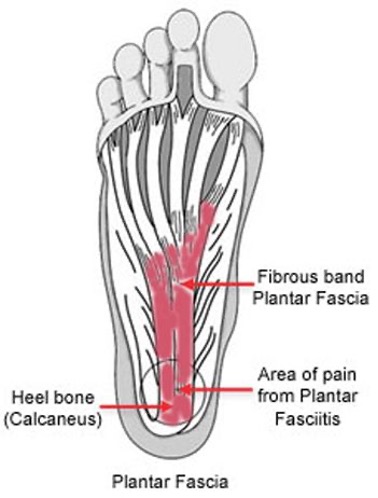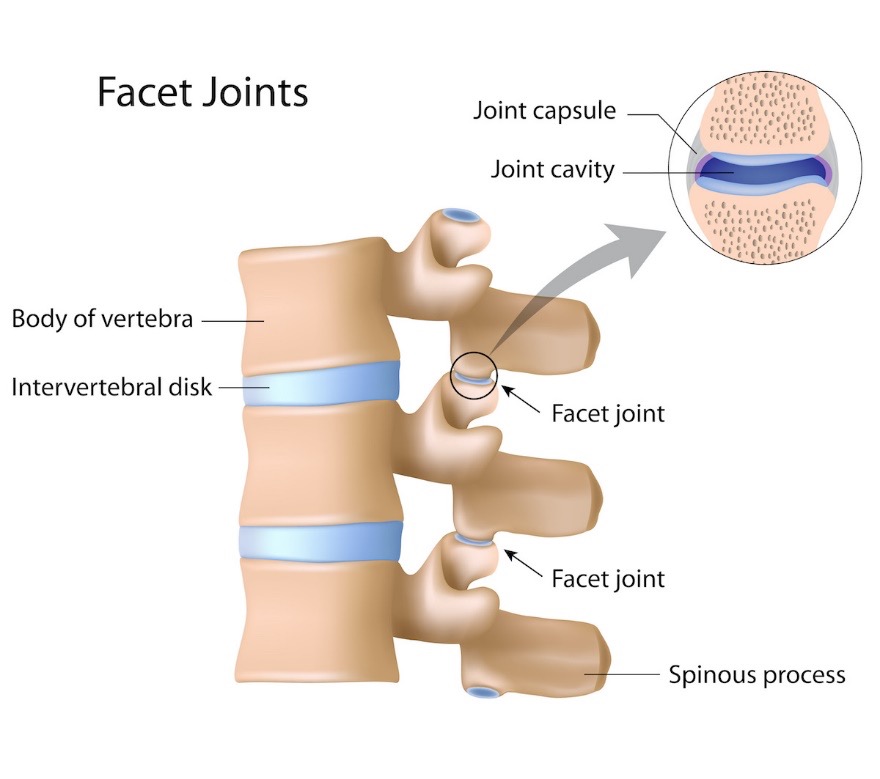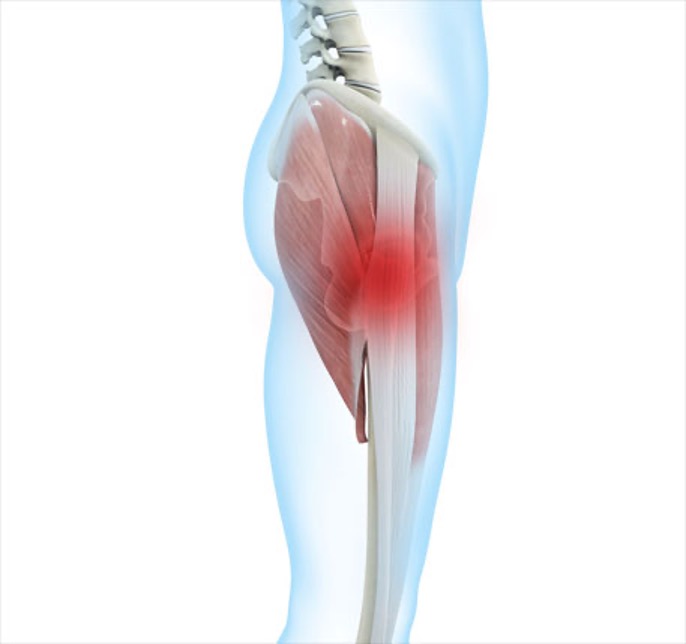What are Sprains and Strains?
Sprains is the overstretching or tearing of ligaments which is a fibrous connective tissue which attaches bones to bones.
Strains is the overstretching or tearing of muscular tendons that attach the muscle to the bone.
Overview
A sprain is a stretching or tearing of ligaments — the tough bands of fibrous tissue that connect two bones together in your joints. The most common location for a sprain is in your ankle.
A muscle strain is an injury to a muscle or a tendon — the fibrous tissue that connects muscles to bones. Minor injuries may only overstretch a muscle or tendon, while more severe injuries may involve partial or complete tears in these tissues.
Sometimes called pulled muscles, strains commonly occur in the lower back and in the muscles at the back of the thigh (hamstrings).
The difference between a sprain and a strain is that a sprain injures the bands of tissue that connect two bones together, while a strain involves an injury to a muscle or to the band of tissue that attaches a muscle to a bone.
Signs and symptoms of sprains and strains will vary, depending on the severity of the injury, and may include:
- Pain or tenderness
- Swelling
- Redness or bruising
- Limited motion
- Hearing or feeling a “pop” in your joint at the time of injury
- Muscle spasms
- Muscle weakness
Causes
A sprain occurs when you overextend or tear a ligament while severely stressing a joint. Sprains often occur in the following circumstances:
- Ankle — Walking or exercising on an uneven surface, landing awkwardly from a jump
- Knee — Pivoting during an athletic activity
- Wrist — Landing on an outstretched hand during a fall
- Thumb — Skiing injury or overextension when playing racquet sports, such as tenni
Acute strains can be caused by one event, such as using poor body mechanics to lift something heavy. Chronic muscle strains can result from repetitive injuries when you stress a muscle by doing the same motion over and over.
Complications
The injuries that cause sprains and strains can also cause serious injuries, such as fractures. You should see a doctor if you:
- Can’t move or bear weight on the affected joint
- Have pain directly over the bones of an injured joint
- Have numbness in any part of the injured area
See a doctor if your symptoms worsen despite treatment — especially if your pain becomes intolerable, or you experience numbness or tingling.
Prevention
Regular stretching and strengthening exercises for your sport, fitness, or work activity, as part of an overall physical conditioning program, can help to minimise your risks. Try to be in shape to play your sport; don’t play your sport to get in shape. If you have a physically demanding occupation, regular conditioning can help prevent injuries.
You can protect your joints in the long term by working to strengthen and condition the muscles around the joint that has been injured. The best brace you can give yourself is your own “muscle brace.” Ask your physio about appropriate conditioning and stability exercises. Also, use footwear that offers support and protection.
Treatment
Can Physio help with Sprains and Strains?
After a thorough assessment, we will create a treatment plan that will address the acute stage of your specific injury as well as long-term recovery goals. The rehabilitation process also includes education and suggestions to prevent recurrent and future injuries.
Physiotherapists choose, as indicated by the specific injury, from a variety of different methods of treatment to treat the injured muscle, tendon, or ligament.
If you’re experiencing any sprains and strains, come and see us! Give us a call on (08) 9203 7771 or email info@ngp.net.au and book an appointment and we’ll check them out, alleviate any concerns and give you the best possible treatment to keep the pain at bay.
Surprised that Physio can help with Sprains and Strains? Wondering what else we treat? Take a look at our Physiotherapy Treatments page – you may be surprised at the range of ailments that can be treated with Physio.




